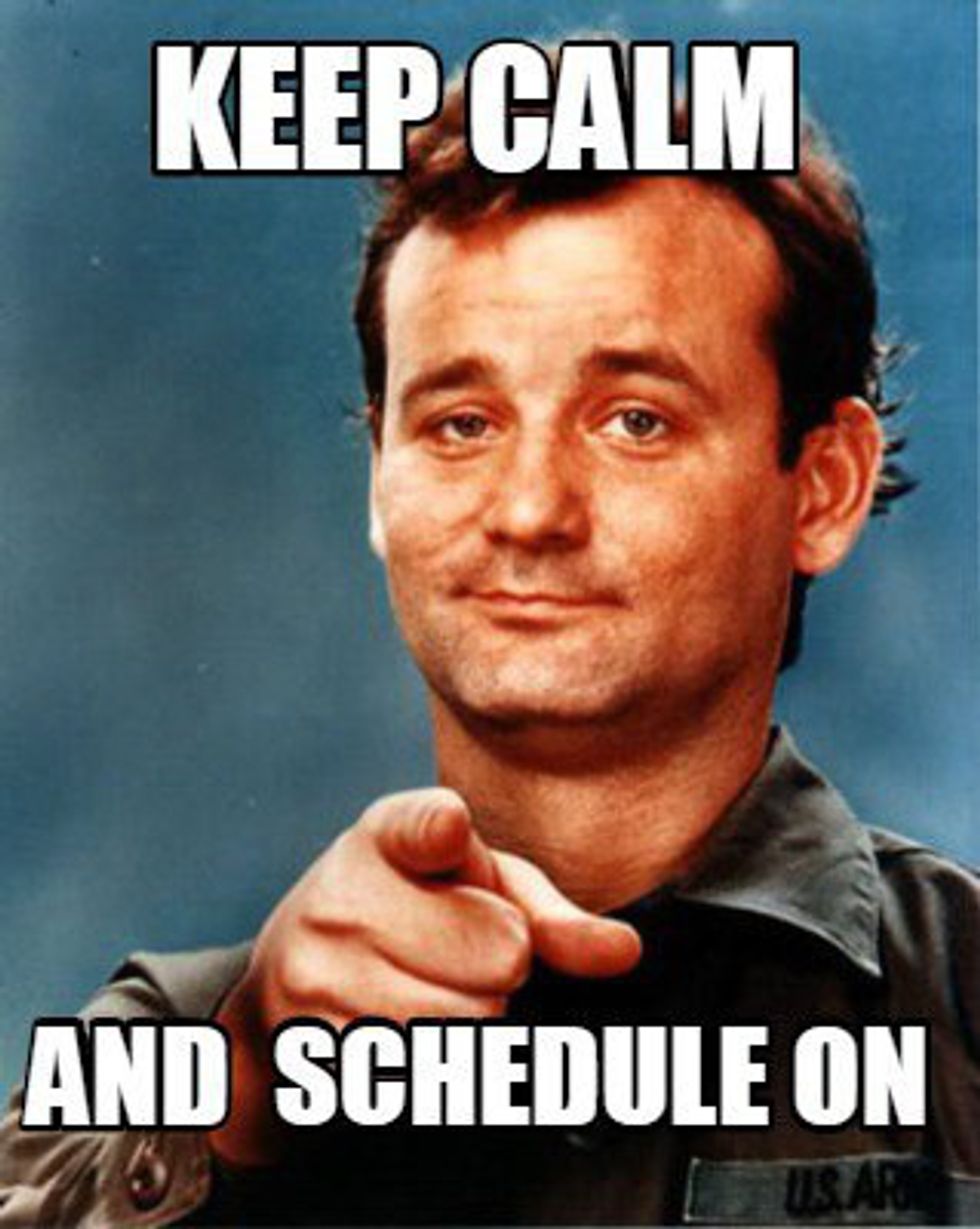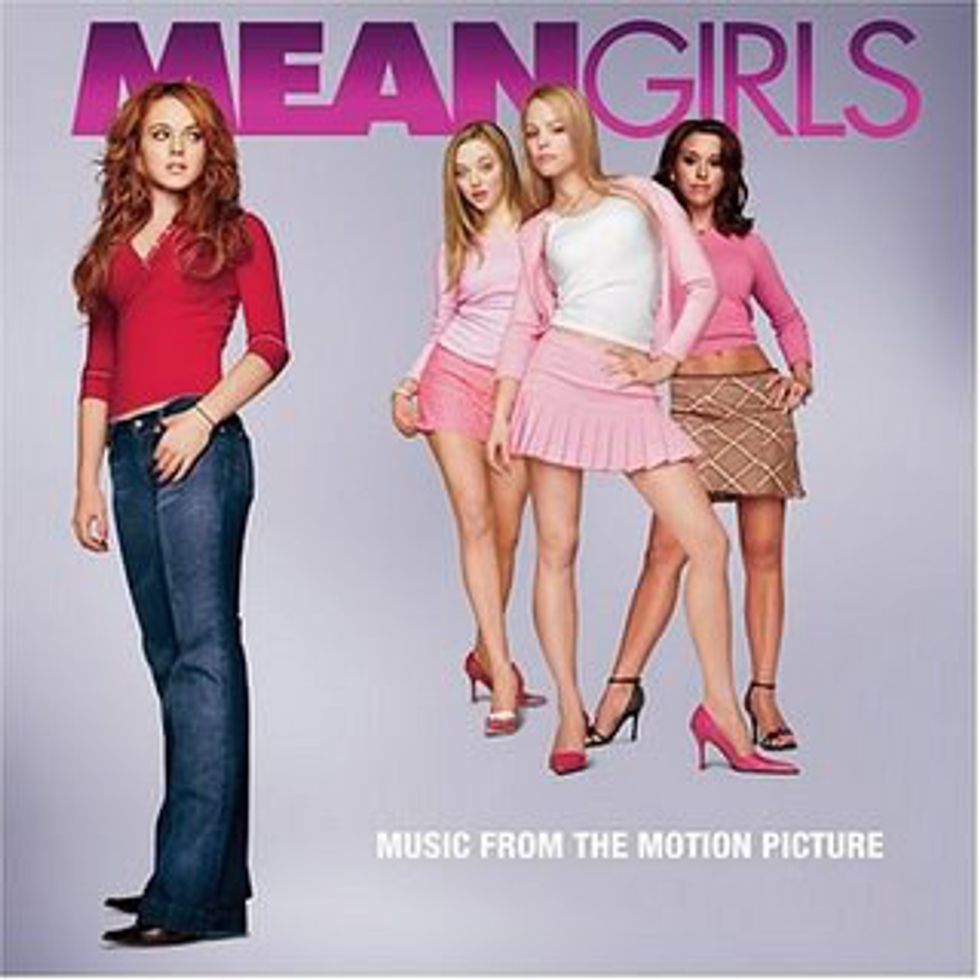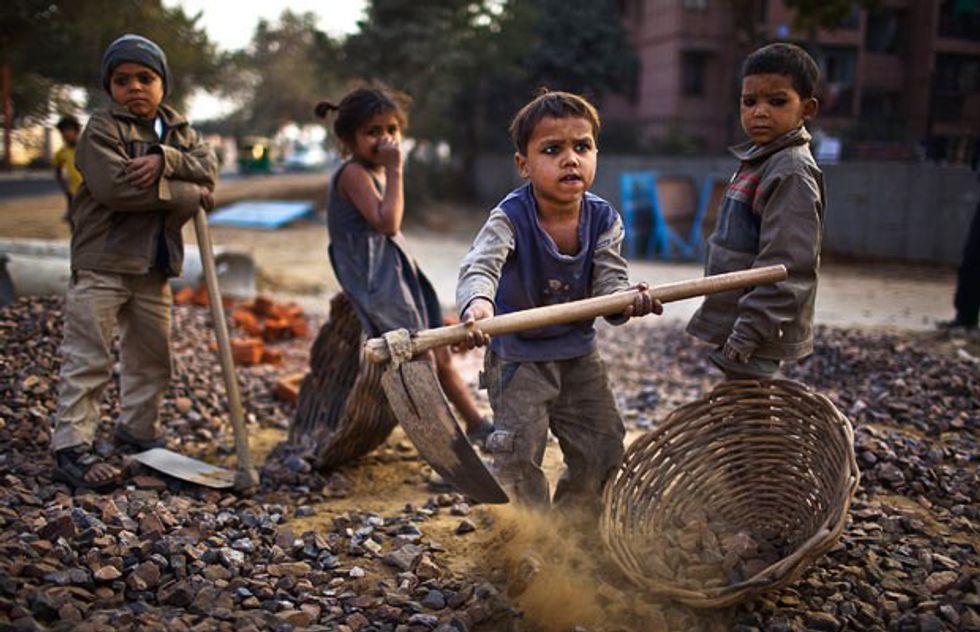On many of my past articles I was discussing things about how I relate America and my country of birth on a modern and general scale. Now allow me to relate things on a historical level, specifically how Louisiana is related to the migration of us Filipinos here in the United States.
History
Allow me to lay ground on what I am going to say! Let us go all the way to the first half of the 1760's. It was a very significant decade in the history of the West if you are nuts about history like I am.
In 1763, Europe ended the Seven Years War or The French and Indian War against the British as we know it here in America. And as a consequence of that war, Spain had to take Louisiana which was held by France before.
For centuries before that time, Spain had been running the Galleon Trade which transports products from Asia to the New World (from Manila to Acapulco), and from the New World to Spain (from Vera Cruz to Seville). The acquisition of Louisiana not just expanded Spanish holdings in the New World that time, but it also added new trading ports for them to perform trade.
It was that expansion of land and trade that paved the way to the first migration of Filipinos on the land that will become decades later the United States of America.
In 1763, a number of Filipino sailors that were staffed by the galleon trade escaped from Mexico and have themselves on the shores of Louisiana. There they established settlements on the outskirts of New Orleans, the following are the known Filipino settlements in Louisiana:
St. Malo Village in Lake Borgne which is the first and oldest one.
Manila Village in Barataria Bay which is the largest one.
Clark Cheniere near Manila Village.
Alombro Canal in Plaquemines Parish.
Camp Dewey in Plaquemines Parish.
Leon Rojas in Jefferson Parish.
Bayou Cholas in Jefferson Parish.
Bassa Bassa in Jefferson Parish.
These settlements were the center of Louisiana's Shrimping Industry for a very long time. Not only do they catch shrimp, they also dry or dehydrate those that they caught before selling them in New Orleans and surrounding cities. The Filipino settlers in the shores of South Louisiana went down in history as The Louisiana Manilamen.
Fast forward to 1814, Louisiana Manilamen fought alongside Jean Lafitte's Baratarian Pirates under the command of Andrew Jackson during the Battle of New Orleans.
Fast forward again to 1861-1865 during the American Civil War. Hundreds of Filipinos in the United States enlisted both on the Union side and on the Confederate side.
On May 1, 1898, US Navy defeated the Spanish fleet in the Battle of Manila Bay.
June 12, 1898, Philippines declared independence from Spain.
From 1899-1902, Philippine-American War.
In 1901, the United States Navy started to recruit Filipinos.
August 21, 1901, about 500 American teachers arrived in the Philippines aboard USAT Thomas to teach in the Public School System. They are called the Thomasites.
In 1902, United States took full colonial control of the Philippine Islands. The first bicameral legislative body under their control was established in 1907 and it later became the Senate and House of Representatives in 1916.
In 1903, an elite group of young Filipino students called Pensionados arrived in the United States to study in the American universities.
In 1928, Pedro Flores, a Filipino immigrant, introduced and mass produced Yo-yos in the Santa Barbara, California.
In 1935, the Commonwealth of the Philippines was established and Manuel Luis Molina Quezon was elected as the Commonwealth's President.
President Quezon accompanied by General Douglas MacArthur and some of the member of his cabinet later sought refuge in the United States in 1942 when the Japanese invaded Manila. He established a government-in-exile in Washington DC. While in exile, he went around the USA encouraging everyone to support the war efforts.
Quezon passed away in August 1, 1944 in Saranac Lake, NY. He was succeeded by his Vice President Sergio Osmeña as the President of the Commonwealth.
October 20, 1944, General MacArthur, President Osmeña, and their contingency returned to the Philippines to begin liberating the country from the Japanese.
Later in February 3 to March 3, 1945, they engaged in battle to expel the Japanese in the archipelago. Despite their victory, the battle in turn caused massive damage on many of Manila's cultural and architectural heritage sites and massive loss of civilian lives.
Later on that year on October 24, Philippines became one of the 51 founding member nations of the United Nations.
In July 4, 1946, United States declared Philippines as independent from their control.
Fast forward to 1991, the United States' contract on their Military Bases in the Philippines have ended.
In 2009, the United States Congress and Senate recognized all the contributions that Filipinos have over the centuries and declared October as the Filipino-American History Month.
The Origins of My People
So why did the first settlers escaped their post in the galleon? They wanted to escape the repression of the colonial government. This was a bit different reason for migrating in the New World that time. A little contrast to the migration of Englishmen who escaped the repression of their own sovereign government. You might ask, wasn't Spain equally repressive in all their colonies that time? In the eyes of the Filipinos that time, Spain was severe to us than those in the New World since everything even political decisions must pass through the Mexico since we were under the Viceroy of Mexico then. Yes, they were fugitives, no one can deny that! But the mere fact that they came and settled to Louisiana, the most peculiar of all places, was very unique. Though they settled on a place still controlled by the Spanish Crown, they still managed to distance themselves from all the repression. They established upon that settlement a socio-political structure similar to the structure that villages have in their homeland, but they were only responsible to each other. They most importantly became part of what Louisiana had become: a place where diverse cultures come together to form a society. And this diversity in Louisiana is what I want to call "a tasty pot of gumbo!"
And I couldn't be more honored to be living here in Louisiana. This is the state where the first group of Filipinos settled in the modern-day United States. Louisiana is an important piece of the story of Filipinos here in America, this is where our story really began. Though there had been recorded two landings of Filipino sailors in the Alta California beforehand, those were just landings, landings that ended up with disasters, Louisiana is where my own people first settled here.
Our Contribution to the American Society
Aside from enriching the Louisiana Culture and Society, Filipinos have had numerous contributions in many fields that concerns American Society.
As I have mentioned above, we fought under General Jackson during the Battle of New Orleans, there were Filipinos on both sides of the Civil War, we once had a National Guard troops that was supposed to back-up American Troops in the World War I, we have many veterans who fought during World War II, one of our indigenous tribes trained the American troops to survive Vietnam War, and the list goes on.
In the field of arts, music, theater, fashion, pageantry, dance, film, and television, there had been many celebrities who bore Filipino blood in their veins. Just to name some in film and television, we have: Vanessa Anne Hudgens, Rob Schneider, Ashley Argota, Anna Maria Perez de Tagle, Nicole Anderson, Roshon Fegan, Shay Mitchell, Steven R. McQueen, and Hailee Steinfeld, In Music we have: Apl.de.Ap, Bruno Mars, Nicole Scherzinger, Billy Joe Crawford, Jessica Sanchez, Ramiele Malubay, Jasmine Trias, Camille Velasco, Guji Lorenzana, Amy Vachal, Arnel Pineda, and Enrique Iglesias. In the field of pageantry: Sonya Balmores, Kristen Girault, Megan Young, Angela Perez Baraquio, Robyn Watkins, Kiristina Janolo, Joahnnalee Ucol, Chelsea Hardin, Vanessa Minillo, and Christina Cuenca. In the field of dance Cheryl Burke, Napoleon D'umo, Chris Judd, Charles Clapow, and Ryan "Ryanimay" Conferido comes to my mind. And in the field of fashion Monique Lhullier is well known.
In the field of sports, professional athletes like Jordan Clarkson, Clay Rapada, Tim Lincecum, and Geno Espineli are our pride.
We also made many contributions in the field of Education, Literature, Journalism, Law, Politics, Business, Technology, Engineering, Culinary Arts, Religion, Medicine, Military, and Labor.
Our contributions to America is a very inexhaustible list no single article can contain all of them.
Further Resources:
A Commentary on Filipino Civil Rights: Why This Fight Is My Fight.
A 1998 PBS Documentary about Filipino American Heritage




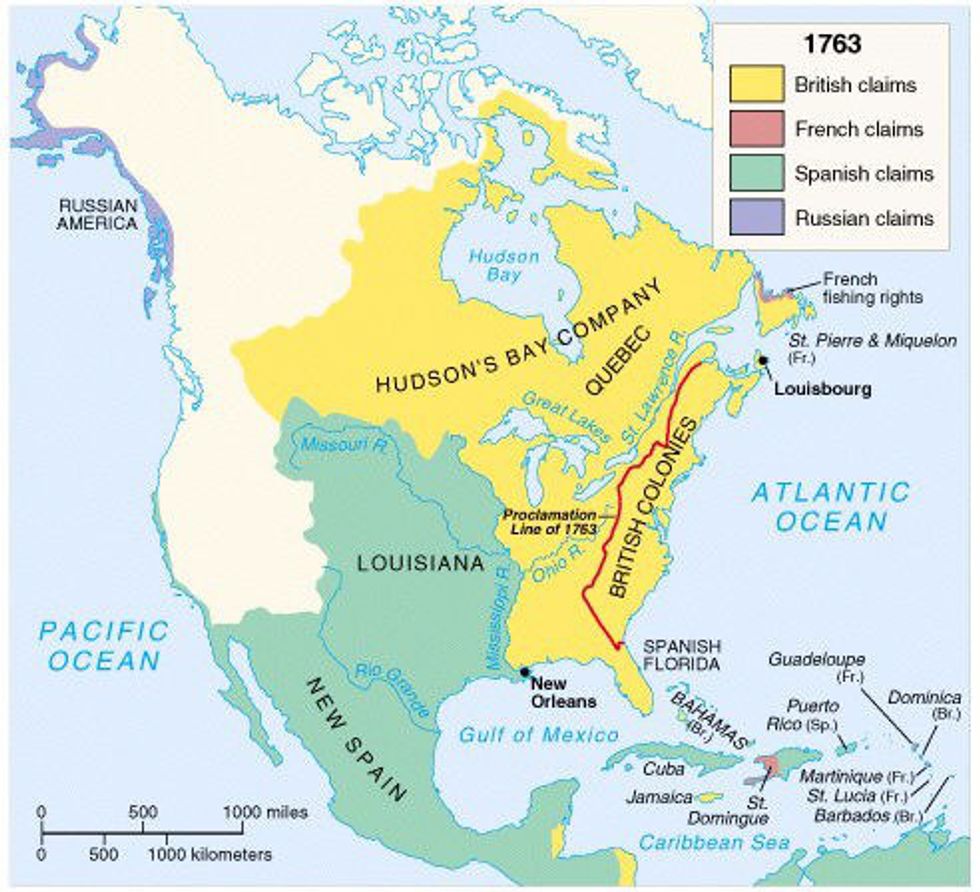

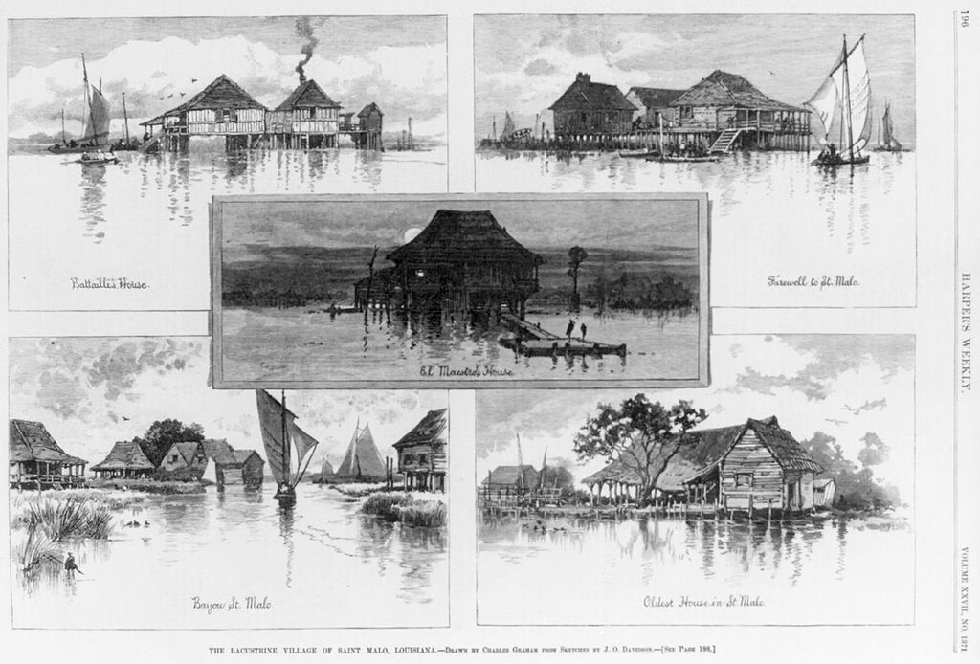
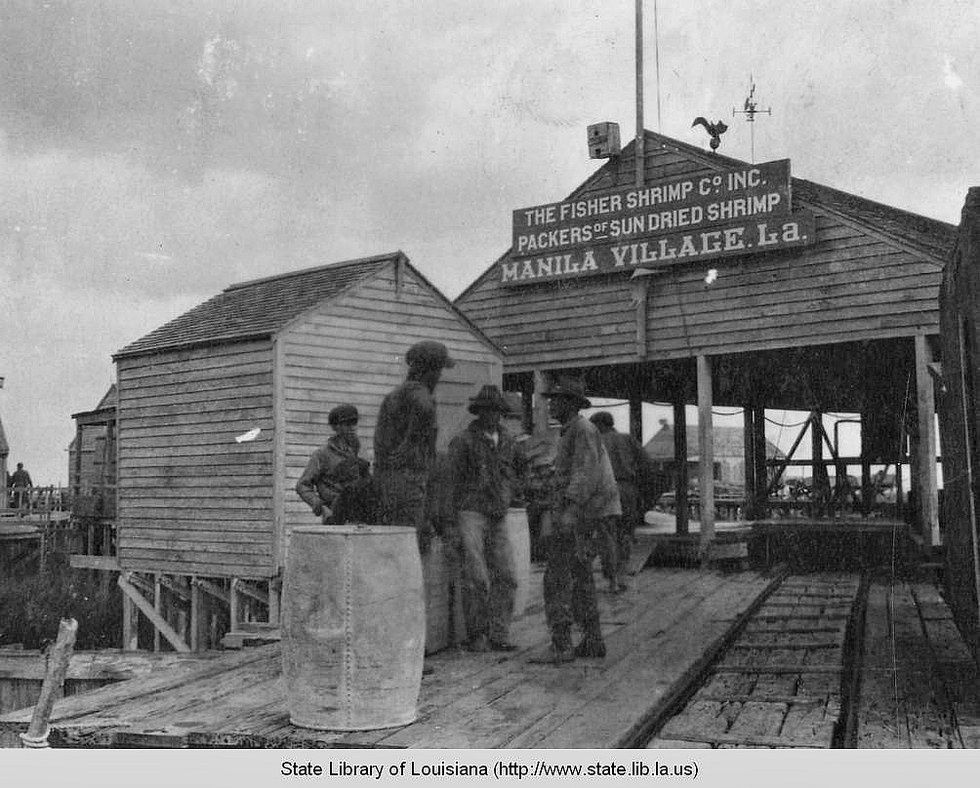



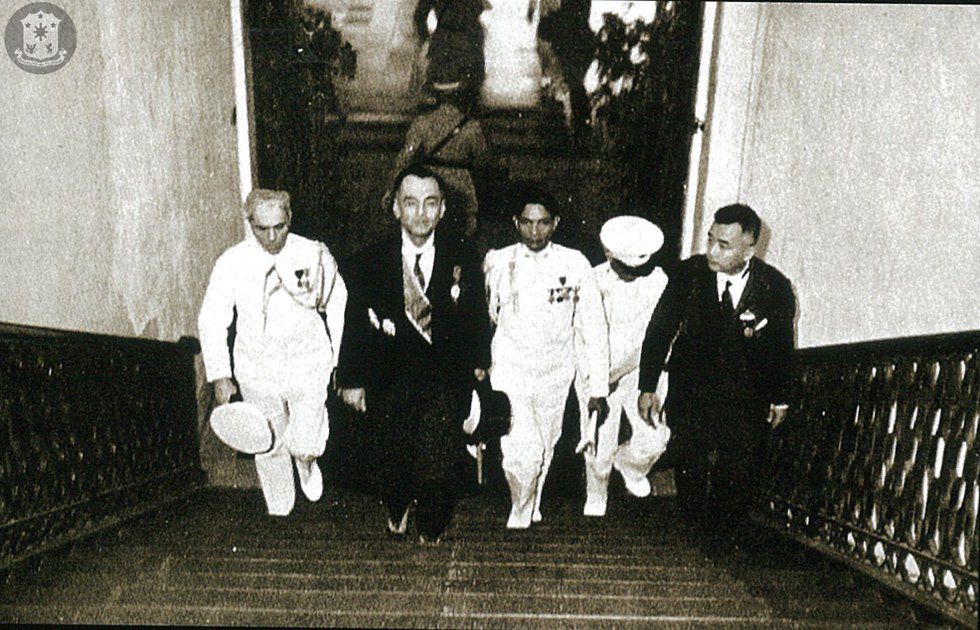
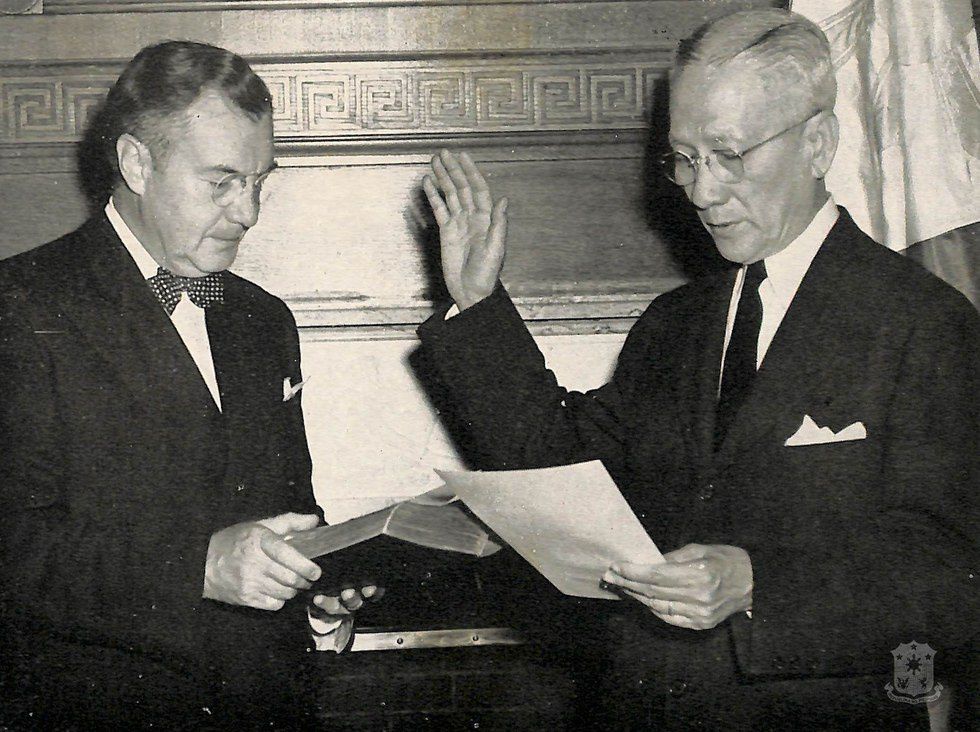
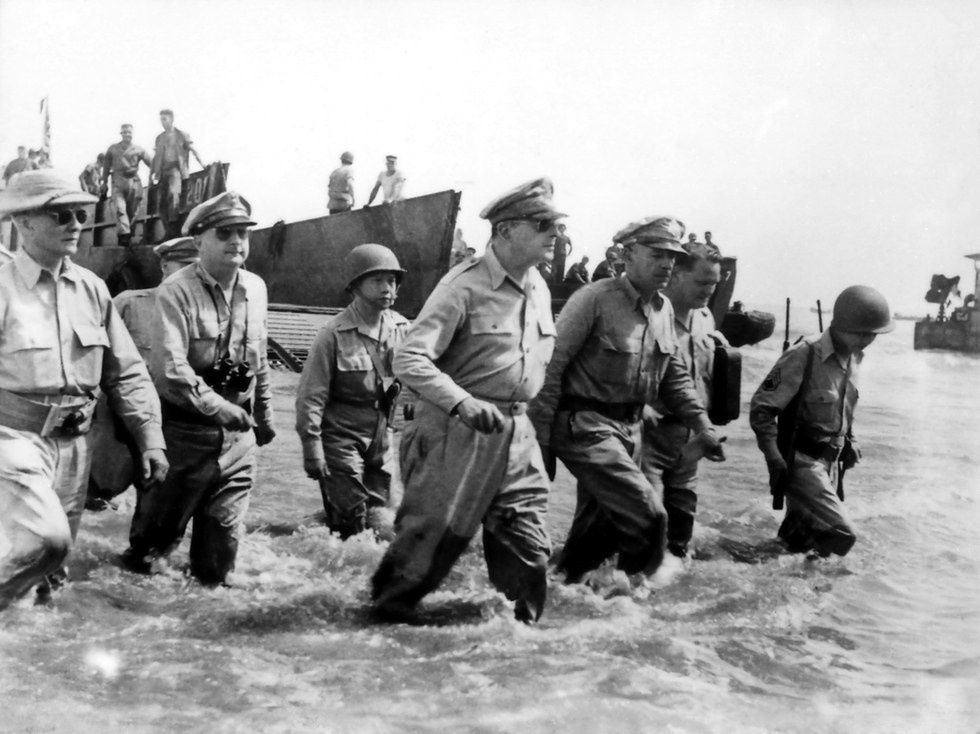


 Photo by
Photo by 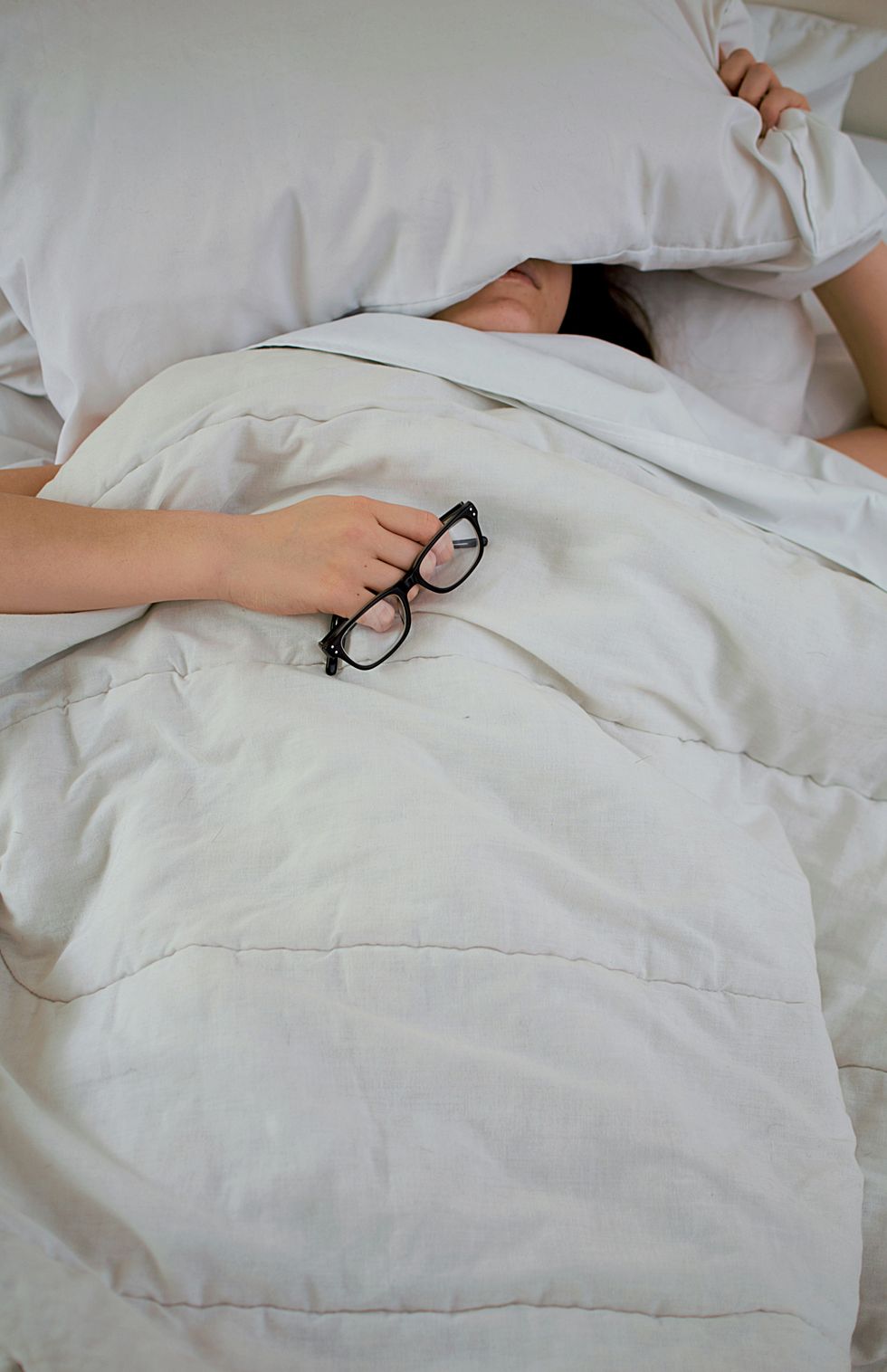 Photo by
Photo by  Photo by
Photo by 



